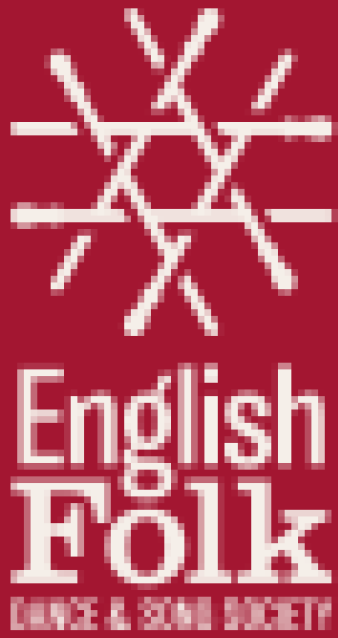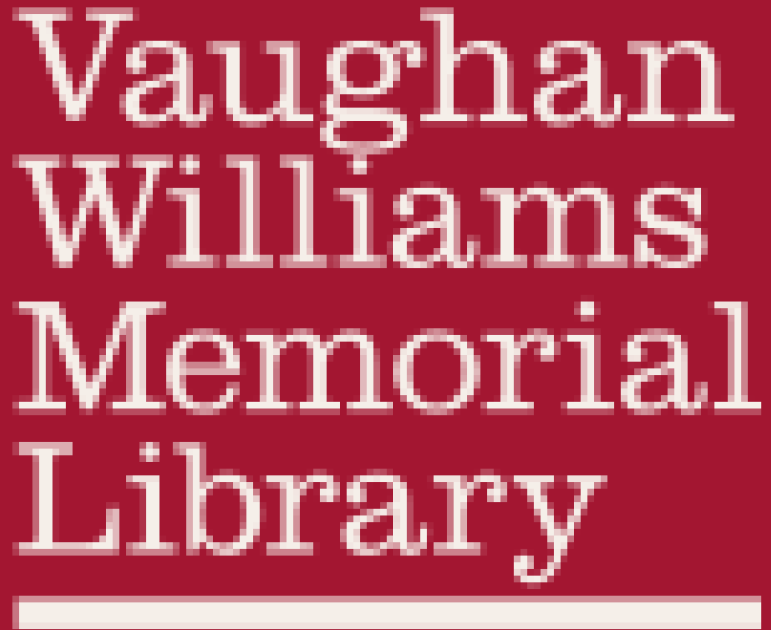Introduction to Customs and Traditions
Contents
Introduction
Customs and traditions come in many forms and often with their own local flavour. They are the activities or celebrations organised, carried out, and shared by groups or communities and passed on from one generation to the next. Whilst a custom may evolve and develop over time, the activity is rooted in tradition, and helps to encourage social solidarity by bringing people together to commemorate special occasions.
There are traditional ‘customs’ in many areas of daily life. Folklorists identify, for example, ‘occupational customs’ which take place at work (e.g. topping-out ceremonies in the building trade or decorating the desk of a female office-worker about to get married), and ‘personal’ or ‘family customs’ (concerned with weddings, birthdays, retirement, and so on). But at the VWML we are mainly concerned with public ‘calendar customs’ , which mostly take place once a year, although there are a few which happen more frequently. Popular times for celebration are in Winter around Christmas and New Year, Easter time, May Day, and Saints Days (e.g. Valentine, Halloween and Michaelmas), but in some cases it is difficult to understand why a custom takes place on a particular day.
This guide will serve as an introduction to this varied and fascinating subject, and as a starting point for your own research.
Customs in Many Guises
British customs exhibit a huge variety of characteristics and can take many forms, so it is often difficult to separate them into “types”. We often, therefore, refer to a custom by when it is carried out or the occasion - May day customs, or New Year customs - but at other times we categorise them by some prominent feature - Garlands, Hobby horses, and so on. Another way of looking at them is by their locality - do they take place in the streets, in pubs, or do they go from house to house, or are they static (such as well-dressing) - and who participates - are they a special ‘team’, or does everyone join in.
Many customs incorporate elements of folk song, dance and music making. The Padstow Hobby Horse custom celebrated every 1st May in Cornwall, for example, has the Padstow May Day Song, with its rallying “Unite and unite and let us all unite” as its anthem, with music and dancing as an essential part of the day. In some customs, such as The Old Tup or Derby Ram, the song is integral and is performed at different locations around the town during Christmas time.
Dance and Sports
In September the Abbots Bromley Horn Dance incorporates folk dance with some characters dressed as Maid Marian, the fool and hobby horse. Morris and sword dances were also traditionally done at a certain times of year and are therefore also considered to be customs, although since the revival they are performed much more frequently (see our pages on dance for more information on morris and sword dancing). Other customs may have a sports element to them, which can be exemplified by the energetic cheese-rolling race at Cooper’s Hill in Gloucestershire each spring and mass “football” games like Haxey Hood and Ashbourne Royal Shrovetide game.
Drama
One particular type of custom which was found in hundreds of villages across the country incorporates a traditional play or drama, and these are often referred to as “Mummers’ Plays”. These plays are performed most typically at Christmas -time and Plough Monday, but in the North West variants can be seen at Easter and Halloween with the Pace-Egging and Soulcake plays. Three main types of play have been identified: the hero-combat or St George play, the wooing play, and the sword-dance play. The characters are often dressed in elaborate costume and the roles commonly include the Doctor, Father Christmas, the Knight or St. George and Beelzebub.
Where do they come from?
Different customs have very different histories; while some are truly old (sometimes hundreds of years) others are surprisingly recent in age. Some traditions that were once popular are now extinct, or have been revived such as East Kent’s Hoodening house visiting custom, or the Jack in the Green May celebrations in Hastings. Often there isn’t enough historical evidence to uncover the true origins – this can lead to misconceptions over what the original meaning was behind the custom.
Some have an obvious basis in the religion of the past (earlier Christianity, that is, not pre-Christian ritual); some are ‘civic’ customs based on local events such as mayor-making, beating the bounds, doles to the poor, or exercising archaic tenancy agreements or rights. Others are clearly geared to the agricultural cycle - harvest, sheep-shearing, hop-picking, for example. But whatever the apparent origin, very many have an underlying ulterior motive of collecting money, food or drink from those visited, for the benefit of those carrying out the custom.
During the early 19th century ideas began to develop around the concept of a ‘Merrie England’ – a fictionalised version of the past which shaped views of traditional customs. This idea was represented by Walter Scott in his epic poem Marmion: A tale of Flodden Field in 1808. ‘Merrie England’ was a romantic view of an idyllic past (not rooted in historical ‘fact’). This concept of Merrie England was influential in encouraging the remaking and reviving of supposedly ancient customs by the Victorians (who were particularly adept at recreating the past). Their remodelled versions of May Day (e.g. Maypole dancing with ribbons) and Christmas in particular have proven very popular, and it is arguable that these revived traditions have come to symbolise what we now view as traditional customs.
Early anthropological studies took great inspiration from these traditions. Under the influence of James Frazer’s momentous publication, The Golden Bough, a commonly held view in the 19th and 20th centuries was that many British customs derived from ancient pagan roots and fertility rites. This is now openly debated, and since that time research has developed away from the early anthropological theories to a more evidence based approach using historical enquiry.
Modern historians have noted that where there is evidence it tends to indicate that “some customs were simply carried out for fun, others for the preservation of rights” (Roud, S. 2006 p.xi). It is also clear that a number of customs were carried about by the labouring classes in order to supplement their regular income. There is much debate around the origins and development of customs. If you are interested in delving deeper into the topic or want to research specific customs the VWML library contains a wealth of literature on the subject, a fabulous historical photographs collection, and provides access to the Customs Index.
Further research
Brand, John, 1849. Observations on the Popular Antiquities of Great Britain. London: Bohn. (An immensely influential publication which fuelled the rise of interest in folkloric topics in the mid-Victorian era).
EFDSS Beginner’s Guide : British Folk Customs - May
EFDSS Beginner’s Guide : English Folk drama
EFDSS Beginner’s Guide : Plough Monday to Hocktide
Folklore Society
Hannant, S., 2011. Mummers, maypoles and milkmaids : a journey through the English ritual year. London : Merrell.
Hutton, R. 1994. The Rise and Fall of Merry England : the ritual year 1400-1700. Oxford. OUP.
Hutton, R.1996. The Stations of the Sun : a history of the ritual year in Britain. Oxford : OUP.
Roud, S. 2006. The English Year : a month-by-month guide to the nation’s customs and festivals, from May Day to Mischief Night. London : Penguin.
Shuel, Brian, 1985. The National Trust Guide to the Traditional Customs of Great Britain. Exeter: Webb & Bower. (Excellent photographs and eye-witness accounts of customs).
Smyth, L., 2017. Let us introduce you to the weird and wonderful world of English folk customs [blog post]. Museum Crush.
The future of things past [Video] (1986).
Wright, A.R., & Lones, T.E., 1936-40, British Calendar Customs: England. London: Folk-Lore Society.


